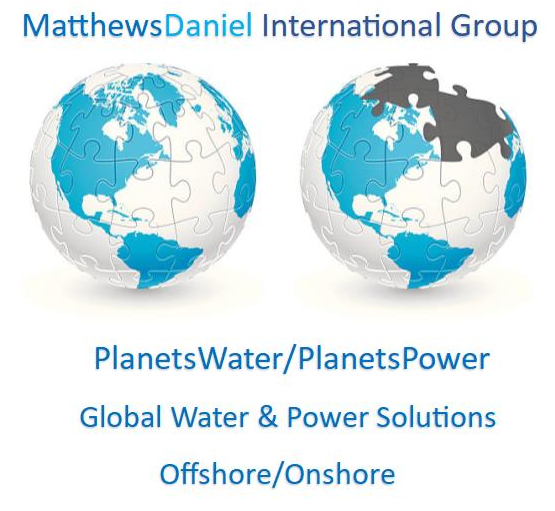Wind energy, long heralded as a sustainable savior in the face of climate change, has grown exponentially over the past few decades. But beneath the gleaming blades of turbines lies a tempest of controversy. From environmental disruptions to geopolitical tensions, the wind energy revolution is not without its storms.
1. Environmental Ramifications:
- Bird and Bat Casualties: One of the most significant criticisms is the impact on avian and bat populations. According to the US Fish and Wildlife Service, an estimated 140,000 to 500,000 bird deaths occur due to wind turbines annually in the US alone.
- Disrupted Habitats: The sprawling footprints of wind farms can disrupt local ecosystems. Rare habitats are fragmented, and migratory routes for various species can be affected.
- Noise Pollution: The low-frequency noise, or infra-sound, produced by turbines can be a disturbance for both wildlife and humans living nearby.
2. Aesthetic Pollution:
Wind turbines, especially in large numbers, can dominate landscapes, impacting local beauty and cultural heritage. In areas of natural beauty, such as the Scottish Highlands or coastal areas, there has been significant push-back against their installation.
3. Reliability and Efficiency Issues:
- Intermittency: The wind doesn’t always blow, making wind energy inherently intermittent. This unpredictability poses challenges for power grid stability and requires backup energy sources or substantial energy storage solutions.
- Degradation: Over time, the efficiency of wind turbines decreases. A study from Edinburgh University found that the output from wind turbines declines by a third after only ten years of operation.
4. Wind Turbine Failures:
- Fires: Wind turbine fires are a lesser-known but severe consequence of equipment malfunction. In 2017, researchers from Imperial College London identified that wind turbine fires are the second leading cause of accidents.
- Blade Breakage: There have been numerous instances where turbine blades, often the size of a commercial airplane wing, break off, posing threats to nearby areas.
5. Offshore Dilemmas:
While offshore wind farms sidestep some of the criticisms of their onshore counterparts, they come with their own set of challenges.
- Environmental Disruption: The construction of offshore turbines can disrupt seabed habitats. Additionally, noise pollution from their operation can affect marine species, especially cetaceans like whales and dolphins.
- Shipping Hazards: Large offshore wind farms can pose navigational hazards for ships, potentially leading to accidents.
6. Resource and Waste Concerns:
- Raw Materials: The production of turbines requires significant amounts of rare earth metals, the extraction of which is environmentally damaging and often mired in geopolitical tensions.
- Waste Issues: Turbine blades are challenging to recycle due to their composite materials, leading to concerns about future waste as turbines reach the end of their lifespan.
7. Geopolitical and Localised Conflicts:
- Land Use Battles: In many regions, there are conflicts between local communities and energy companies over land rights and usage. In some cases, indigenous populations are disproportionately affected.
- Resource Wars: As with other renewable sources, the minerals needed for wind turbines, such as neodymium and dysprosium, are concentrated in specific regions, leading to potential geopolitical tensions.
8. Economic Implications:
- High Initial Costs: Setting up wind farms requires significant upfront investments, which can be a barrier for many countries.
- Job Losses: Traditional energy sectors, like coal, have seen job losses due to the rise of wind energy, leading to social and economic implications in certain regions.
Conclusion:
While wind energy offers undeniable benefits in the face of climate change and dwindling fossil fuels, it is essential to approach it with a nuanced perspective. Blindly heralding it as the ultimate solution overlooks the complexities and challenges it introduces. As with any energy source, it is imperative to weigh the pros and cons, ensuring a future that is not only sustainable but also equitable and just.
Related Projects
Let us help you





